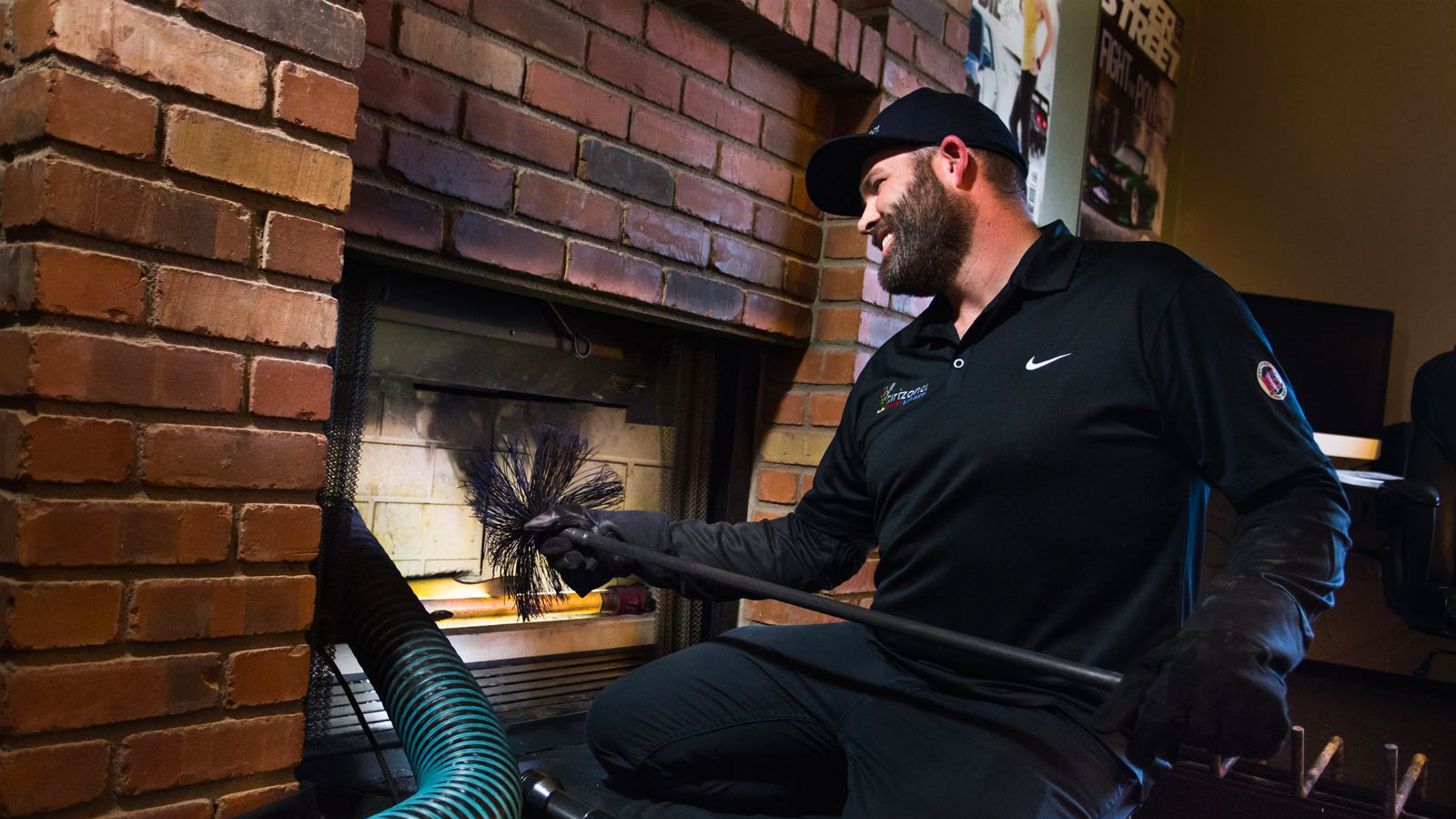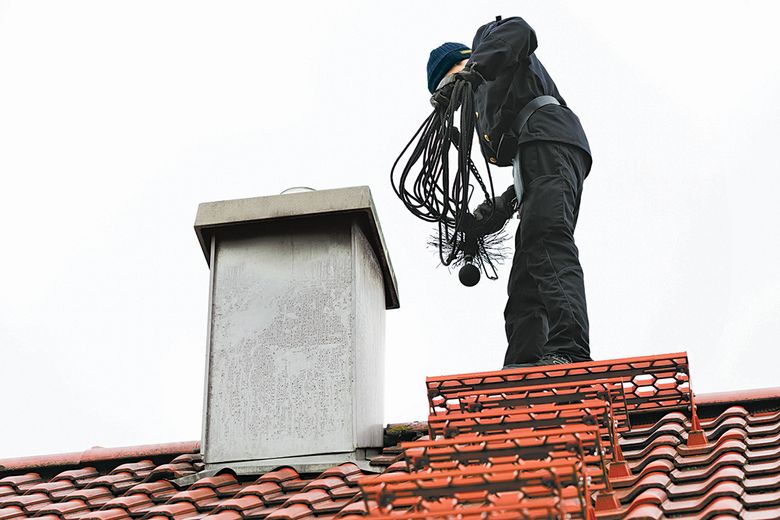Premier Chimney Clean Company Fremont: Ensuring Safe and Effective Fireplace Efficiency
Premier Chimney Clean Company Fremont: Ensuring Safe and Effective Fireplace Efficiency
Blog Article
Necessary Tips for DIY Smokeshaft Cleansing to Keep Your Home Fire-Safe
Keeping a fire-safe home is of utmost relevance, and one usually forgot facet is the routine cleaning of chimneys. A neglected smokeshaft can come to be a possible fire danger, as the build-up of residue, creosote, and debris can ignite and create an unsafe smokeshaft fire. Employing professionals for smokeshaft cleaning can be costly, leading several property owners to take into consideration the Do it yourself course.
Significance of Normal Smokeshaft Cleansing
Normal smokeshaft cleansing is of utmost relevance for making sure the safety and security and efficiency of your fireplace and ventilation system. With time, residue, debris, and creosote can gather inside the chimney, which can pose significant dangers if left unaddressed. One of the main reasons to consistently clean your smokeshaft is to decrease the threat of chimney fires. Creosote, a very flammable compound that develops when timber is shed, can construct up on the interior wall surfaces of the chimney. If the accumulation becomes as well thick, it can ignite and trigger an unsafe chimney fire. Routine cleansing aids to remove this accumulation and decrease the chances of a fire.
In addition to fire safety, routine chimney cleaning likewise enhances the performance of your fire place and air flow system. When the smokeshaft is obstructed with particles, it can prevent the circulation of air and hinder the correct performance of your fire place. This can cause inadequate burning, lowered warmth result, and the launch of unsafe gases right into your home. By maintaining your smokeshaft clean, you guarantee that smoke and gases can get away easily, enabling your fireplace to operate efficiently and effectively.
Furthermore, routine smokeshaft cleaning aids to determine and deal with any type of possible problems or damages. During the cleaning process, a professional chimney sweeper can examine the chimney for any kind of indicators of degeneration, such as fractures or loose blocks. Determining and repairing these concerns immediately can avoid further damages and potentially conserve you from costly repairs down the line.
Devices and Tools Needed for Do It Yourself Chimney Cleansing
To efficiently clean your chimney on your own, it is vital to have the proper tools and tools at your disposal. Cleansing a chimney calls for specific tools that can successfully remove creosote and residue buildup. Right here are the devices and devices you will certainly need for a do it yourself smokeshaft cleaning:
Smokeshaft Brush: This is the most important tool for smokeshaft cleaning. It is a long, versatile brush with tough bristles that can reach all the method up the smokeshaft.
Expansion Rods: These are necessary to prolong the reach of the smokeshaft brush. The variety of expansion poles required will depend on the height of your chimney.
Ground cloth: A decline cloth or tarp should be put around the fireplace or oven to secure your floor covering and furnishings from any kind of particles that might drop throughout the cleansing procedure.
Hoover: A high-powered vacuum with a lengthy tube attachment is essential for removing loose debris and dust from the fire place or cooktop.
Safety and security Equipment: It is crucial to wear safety and security goggles, handwear covers, and a dirt mask to shield on your own from the residue and debris that may be released during the cleansing process.
Step-by-Step Guide to Cleansing Your Chimney Securely

Step 1: Prepare the area.
Begin by removing the location around the fire place and smokeshaft. Chimney Clean Company Fremont. Get rid of any kind of furniture, rugs, or decor that may obstruct your gain access to. Cover the floor with a decrease fabric or plastic sheet to capture any type of particles that might fall during the cleaning process
Step 2: Use protective gear.
Before you begin, place on protective equipment such as handwear covers, security goggles, and a dust mask. This will ensure your safety and security and prevent any potential health and wellness risks from inhaling soot and debris.
Action 3: Evaluate the smokeshaft.
Making use of a flashlight, very carefully check the inside of the chimney for any signs of damages, such as splits or loosened bricks. It is very important her latest blog to deal with these issues prior to continuing with the cleansing.
Step 4: Remove the smokeshaft cap.
If your smokeshaft has a cap or stimulate arrestor, remove it to get to the flue. This will permit you to clean up the entire size of the smokeshaft.
Step 5: Use a smokeshaft brush.
Connect a chimney brush to an adaptable rod or expansion post. Chimney Clean Company Fremont. Insert the brush right into the smokeshaft and begin cleansing by scrubbing the wall surfaces in an up-and-down movement. Repeat this process numerous times up until the chimney is extensively cleaned up
Action 6: Clean the fire place.
After cleaning the smokeshaft, don't neglect to clean up the fireplace too. Get rid of any ashes, residue, or debris making use of a shovel or brush.
Step 7: Dispose of the particles.
Safely throw away the debris accumulated from the chimney and fire place. Seal it in a plastic bag and dispose of it according to your neighborhood regulations.
Typical Chimney Cleaning Mistakes to Stay Clear Of
One crucial facet useful content of chimney cleaning is to be knowledgeable about common errors that should be prevented to ensure a reliable and secure cleaning procedure. By understanding these errors, home owners can take the essential preventative measures and prevent prospective hazards.

Moreover, falling short to protect the surrounding area is one more usual blunder. Chimney cleaning can be an untidy process, and without appropriate preventative measures, residue and debris can end up in the home. It is critical to make use of ground cloth or tarps to safeguard furnishings and floor covering.
In addition, several homeowners make the mistake of ignoring the significance of security devices. Using protective gear such as gloves, goggles, and a dust mask is vital to avoid exposure to damaging compounds and reduce the risk of respiratory issues.
Lastly, trying to cleanse a smokeshaft without appropriate understanding and experience can result in costly mistakes. It is advisable to consult a professional smokeshaft move or seek guidance from trusted sources to make certain a detailed and secure cleaning procedure.
Tips for Preserving a Fire-Safe Chimney
Normal upkeep is vital for guaranteeing a fire-safe smokeshaft and stopping prospective hazards. By adhering to a few simple pointers, property owners can maintain their smokeshafts in optimal problem and decrease the risk of fire mishaps. this contact form Firstly, it is critical to arrange regular smokeshaft inspections by a qualified expert. These assessments can recognize any type of possible problems such as creosote build-up, blockages, or architectural damage that may posture a fire risk. In addition, homeowners must cleanse their chimneys a minimum of yearly to remove creosote, a very combustible substance that collects over time. This can be done using smokeshaft brushes or by working with an expert chimney sweep. It is also essential to ensure that the chimney cap remains in good condition and complimentary from debris. The cap works as a barrier against rainfall, animals, and particles, avoiding them from getting in the smokeshaft and triggering clogs or damage. Finally, it is vital to use dry and well-seasoned timber for melting in the fireplace, as wet or green wood can create excess smoke and creosote accumulation. By following these maintenance suggestions, property owners can delight in a fire-safe chimney and a comfortable, stress-free wintertime season.

Conclusion
In conclusion, routine chimney cleaning is necessary for keeping a fire-safe home. By adhering to a detailed overview and making use of the appropriate tools and equipment, DIY chimney cleansing can be done securely. It is important to avoid common cleaning blunders and to keep the sanitation of the smokeshaft to guarantee its correct performance. By taking these safety measures, house owners can substantially minimize the danger of chimney fires and keep their homes fire-safe.
An overlooked chimney can come to be a prospective fire risk, as the accumulation of debris, creosote, and residue can ignite and create a hazardous chimney fire.Regular smokeshaft cleaning is of utmost importance for making certain the security and efficiency of your fire place and ventilation system. One of the key factors to routinely cleanse your chimney is to reduce the threat of chimney fires. Throughout the cleaning procedure, an expert smokeshaft sweep can evaluate the chimney for any indications of deterioration, such as splits or loose blocks. Chimney Brush: This is the most crucial tool for chimney cleansing.
Report this page